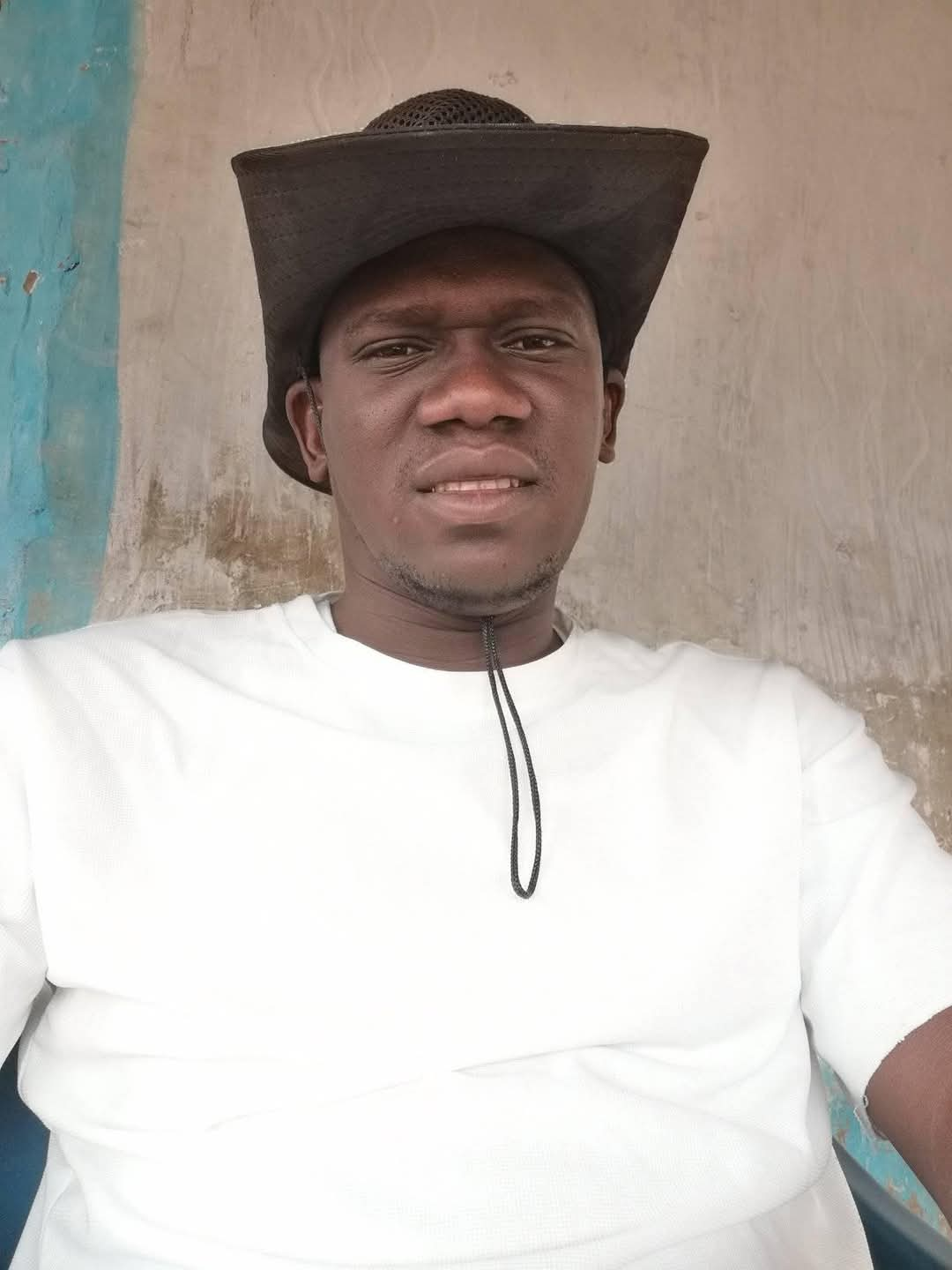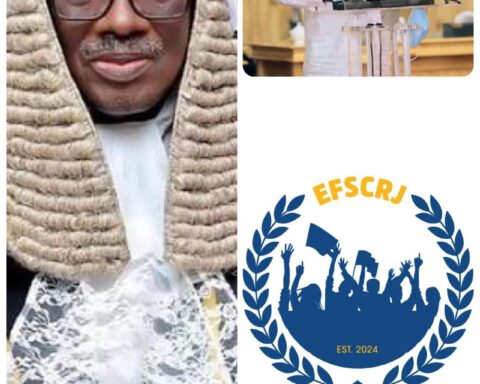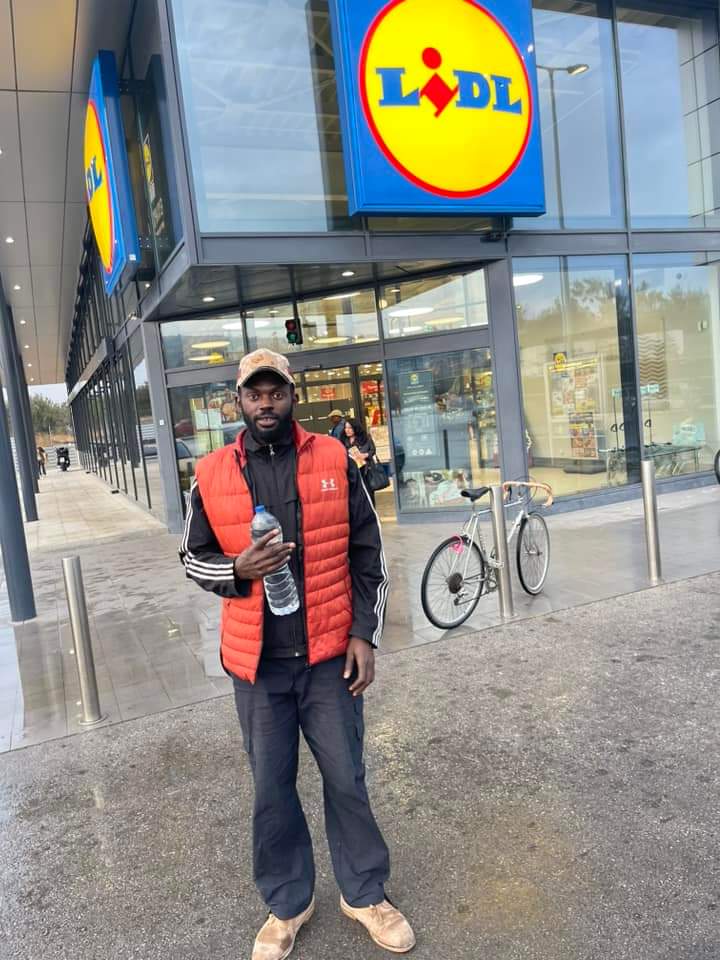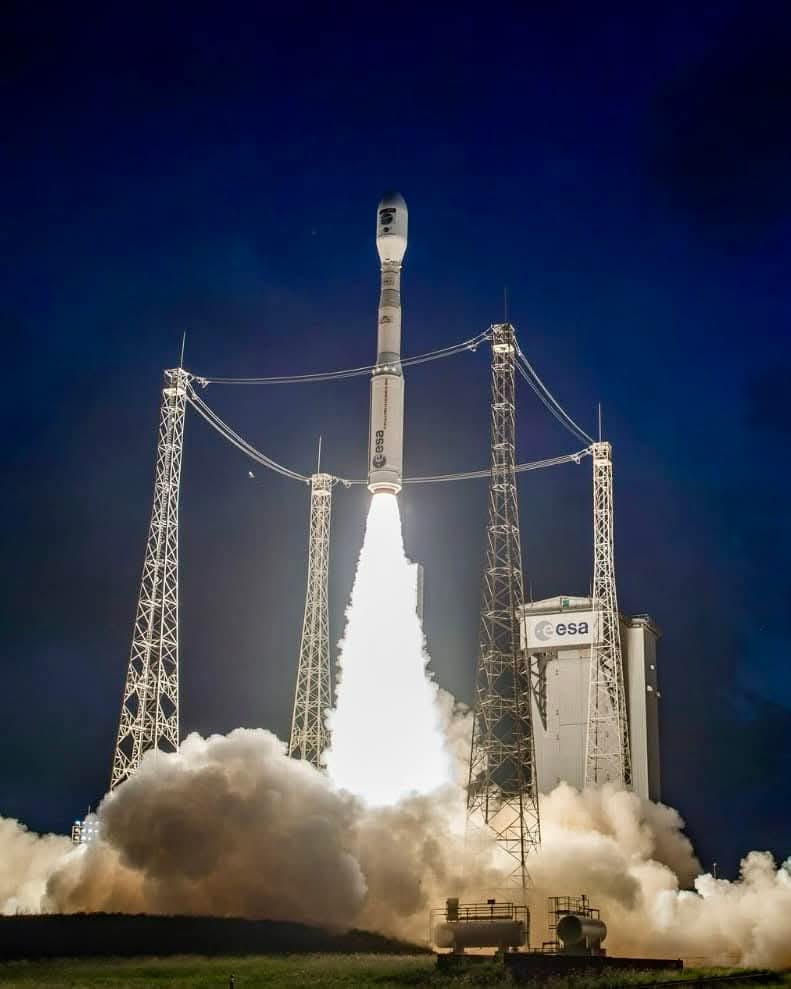By Mamadou Salieu Jallow
Alhassan Jallow, a youth leader and advocate from Niamina West, has made an impassioned plea for unity and shared responsibility in driving development in The Gambia. Speaking on the challenges facing his district and the country at large, Jallow outlined critical facts about taxation and the limitations of government resources, urging citizens to play a proactive role in fostering progress.
Niamina West, located in the Central River Region (CRR) South, comprises 34 villages and serves as the gateway to CRR South after crossing the Sofanyama Bridge near Pakaliba. Using an example to highlight the tax contributions from this district, Jallow explained that even if each of the 34 villages had 100 compounds paying the highest annual rate of GMD 125 per compound, the total revenue would only amount to GMD 425,000 annually.
“This sum, though significant in the context of village-level income, is barely enough to fund a small borehole project,” Jallow noted. “When you think about the massive costs involved in building roads, providing electricity, constructing schools, and establishing health centers, it becomes clear that tax contributions alone cannot sustain the level of development we expect.”
Jallow’s observations highlight a nationwide issue. Gambians often expect extensive developmental efforts from their government without fully appreciating the financial constraints tied to limited tax revenue. He called on Gambians at home and abroad, as well as successful businesspeople and wealthy individuals, to emulate the selfless acts of Senegalese footballer Sadio Mané.
Mané, a native of Casamance, has used his personal wealth to fund critical development projects in his community, including building a stadium and providing financial support to local residents. Jallow believes that such an example should inspire Gambians, particularly the affluent in Niamina West, to take similar initiatives.
“We have millionaires and tycoons in Niamina West, yet roads like Dalaba to Nana, Dalaba to Kambamba, and Mali Kunda to Sambang remain in poor condition,” he lamented. “It is high time we stopped solely blaming the government and started contributing meaningfully to our own development.”
Jallow’s message is a clarion call for partnership and collaboration. He emphasized that development should not rest solely on the shoulders of the government. Instead, it requires a united effort from all Gambians—ordinary citizens, diaspora communities, and the private sector—to pool resources and tackle the pressing challenges facing the nation.
By fostering a spirit of unity and collective responsibility, Jallow envisions a future where The Gambia can overcome its developmental hurdles and achieve progress that benefits all.
Understanding the Economics of Development in Niamina West: A Call for Collective Responsibility

Latest from Blog
Alagi Yorro Jallow: Deyda’s Legacy In Journalism: 21 Years Later
Twenty-one years have passed since Deyda Hydara was assassinated on December 16, 2004. His voice was silenced, but his vision continues to thunder across the conscience of our nation. Deyda’s absence is
1xBet Gambia 2025 Wrapped: Music, Sport & Community Connection
A Year of Culture, Creativity & Fan Engagement 2025 was a memorable year for 1xBet in The Gambia – a year that brought the worlds of sport and culture together, building
Rights on Paper, Reality Still Out of Reach for Persons with Disabilities
By: The Fatu Network News Desk More than three years after The Gambia passed the Persons with Disabilities Act in 2021, meaningful implementation remains largely absent, raising serious questions about political

. Sainabou Mbye Demands Public Apology from Amie Kinteh within Seven Days or Face Defamatory Lawsuit
Antouman A. B. Gaye and co, acting on behalf of Gambian businesswomen and influencer Sainabou Mbye, has formally written to Amie Kinteh, Sainabou’s former colleague, to immediately cease and desist from

EFSCRJ Welcomes Supreme Court Ruling on the Minister of Finance for Violation of Constitution on Budget Submission
The rule of law is the foundation of any civilized and democratic society. It is the basis upon which rights are protected and fulfilled, justice is administered, and public office holders


